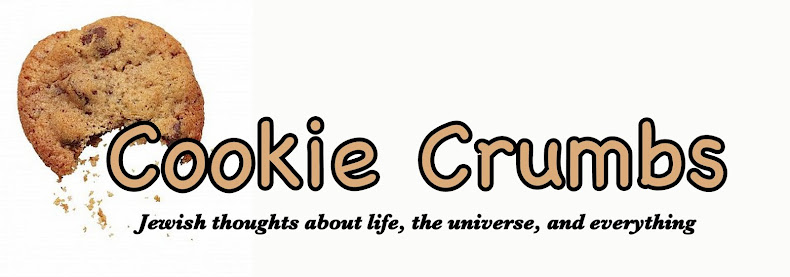Seeger, like so many of the other voices of his era, identified and spoke to the changing zeitgeist of America: the longing of a generation steeped in the civil rights movement and the anti-Vietnam movement; a longing for peace, justice, equality, and brotherhood. It's no wonder that if you examine the early songbooks from NFTY (the Reform Jewish youth movement) or UAHC (now URJ) camps, you'll find songs like "Follow the Drinking Gourd," "If I Had a Hammer," "Blowing in the Wind," and "Tom Dooley" almost as frequently as you will find Hebrew songs. They were a natural part of that time period.
But the folk songs continue to be part of the Jewish canon up to this day, and I think that speaks to certain specific aspects of the Jewish experience. I remember, for instance, attending rallies in the mid-1980s in support of Soviet Jewish refuseniks, and later in support of Ethiopian Jews. At one, Mary Travers (of Peter, Paul and Mary), led the crowd in "Blowing in the Wind;" at another, Peter Yarrow (of the same group) introduced his anthem "Light One Candle." We were able to co-opt these lyrics and melodies to fit the causes and passions of the day. Their messages were universal, as was the conceit that kol Yisrael arevim zeh ba-zeh, all Jews are responsible for one another.
This Shabbat, we read from Parashat Tetzaveh. Among other details, it describes the priestly vestments to be worn by Aaron and his sons. These include a breastplate with twelve precious stones (each stone representing a different tribe of Israel) and a frontlet to be worn on the forehead that would read "kodesh la'Adonai- holy to Adonai." Now, some might argue that these articles of clothing served to create a caste system, to separate the priests from the rest of the Israelites and mark them as "holier-than-thou." But I think that these clothes actually drew the priests closer to their fellow citizens.
Think about it: the clothes (at least, the headband) would mainly be seen by the people as they drew near to the priests to offer sacrifices, not by the priests themselves. The people could look at these garments and not only be moved to reflect on the status of the priests, but they could also gaze upon the stones and read the inscription on the frontlet and think, "I, too, am holy to Adonai." And at the beginning and end of the day, as Aaron and his sons put on or removed these garments, they could reflect upon their meaning, asking themselves, "Did we do our best to serve the people represented by these stones? Did we act in a way that amplified our holiness before Adonai?"
There's been some controversy stirred up in recent days by an advertisement that Coca-Cola ran during the Super Bowl this year. It features a montage of a diverse group of Americans while the song "America the Beautiful" is sung in a number of different languages (and, of course, copious amounts of Coke products are being enjoyed).
Some people objected to the idea of this tune being broadcast in a language other than English, and/or to the depiction of Jews, Muslims, gays, or immigrants as valid contributors to the fabric of America. But I think the message of the commercial (besides selling Coke) is similar to that of another classic Coke commercial from 1971:


No comments:
Post a Comment
Thank you for your comment. Please note that I reserve the right to remove inappropriate or offensive comments. Hopefully, your remarks do not fall into either of these categories.